The use of generative artificial intelligence (AI) to steal artists’ work is on the rise, but new technologies could help.
Nvidia is launching software to assist AI models in complying with copyright laws and announcing a new revenue-sharing program for creators. It is part of an effort to ensure that artists are compensated fairly. The popularity of generative AI programs is increasing the urgency of the issue.
“Art will evolve into art and code, and part of the art will be safeguarding it,” Jake Maymar, vice president for innovation at The Glimpse Group, told Lifewire in an email interview. “But, like everything else, if the art is perceived as important, people will try to steal it.” “Now, it is simple to create art in an artist’s or artists’ style. The idea is to make it more difficult to do so by integrating identity, anti-coping, and security technologies that can grow as quickly as AI models.”
Giving Artists Credit
Along with the stock picture service Getty Images, Nvidia is training “responsible” text-to-image and text-to-video generative models. The models will be created using content from the Getty Images library, according to Nvidia, and Getty Images will pay artists royalties on any revenues generated by the models. Instead of scouring the web for images, the models are trained on licensed data, which, according to Nvidia, ensures compliance with copyright laws.
The problem of art appropriation derives from the fact that modern generative AI techniques make it easier than ever to create visuals, and that computer models are constructed utilizing existing works of art.
“With Midjourney, Stable diffusion, or another AI art production model, an artist can train the algorithm to generate a certain art style,” Maymar explained. “After the model has acquired sufficient knowledge of the reference artist’s style, it can produce original, similar artwork based on that artist’s style. This process can be automated to generate hundreds of thousands of artworks in any artist’s style, as well as by combining the styles of various artists.”
AI image generators do not actually replicate the art on which they are educated. Ellery Kreloff, the CEO of Artsitree, a website for digital artists, stated in an email, “It resembles a highly sophisticated, massive-scale collage.”
Related: Moviesming 2023 : Moviesming Illegal Website for Movies!
A Brief History of Lending
Edward Balassanian, CEO of the generative music platform Aimi, noted in an email interview that the use of technology to reproduce artwork is not new. Cameras and tape recorders enabled the recording, duplication, and sale of paintings and music. Digital copying enabled the industrialization of copying.
“As with any type of technology, the same tools used to generate authorized copies also permitted piracy,” he explained. “This gave rise to the Napsters of the world, whose prolific, mass-scale copying posed a challenge to the economic conditions that allowed artists to devote time to being creative. AI is no different. It will be a tool that creates a new business by enabling the ethical and approved use of AI technology to speed the efforts of artists, as well as a tool used to plagiarize their work.”
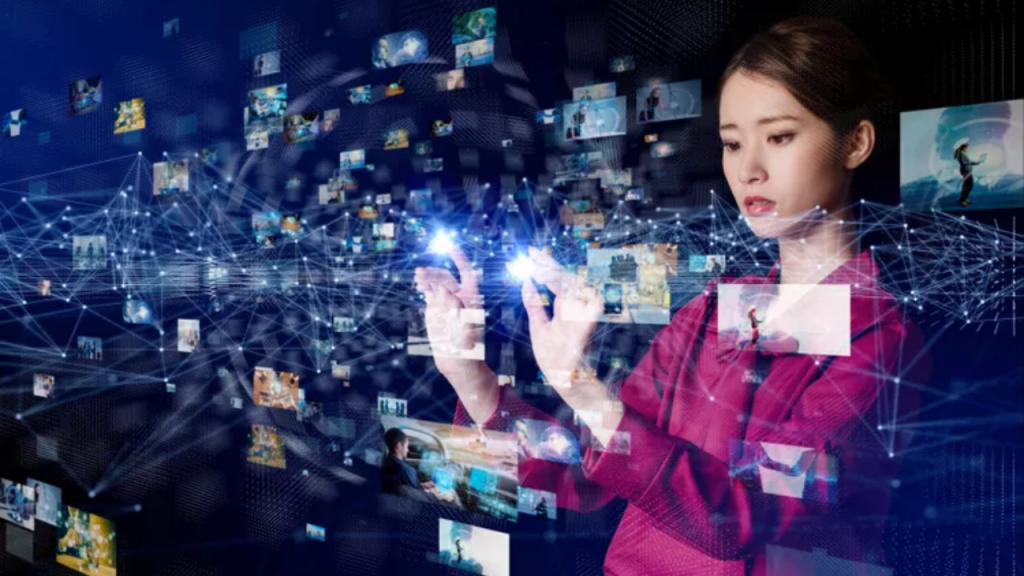
Related: Who Is Zombies Movie Star Milo Manheim Currently Dating? Exploring His Relationship Status
Nvidia is not the only corporation that attempts to combat intellectual theft and image theft. Maymar noted that websites such as Have I Been Trained to reveal whether your artwork was used to train a model. He stated that a model might be trained to recognize your art style, and when it appears in a commercial piece, the system would notify you of its location and how it is being exploited. An AI lawyer could then bring a lawsuit based on the model’s results.
“It is likely that for every progress in training, an equal investment will be made in tools and methodologies to assess whether models were trained unethically or illegally,” Balassanian added.
Because the AI art generation is still in its infancy, according to Kreloff, the art business is still finding its long-term effects.
“Many digital artists are concerned that they will lose commission work for specific commercial projects, such as album and book covers,” she noted. “Yet, there will always be people who value handcrafted items; similarly, Etsy can coexist with Amazon.”


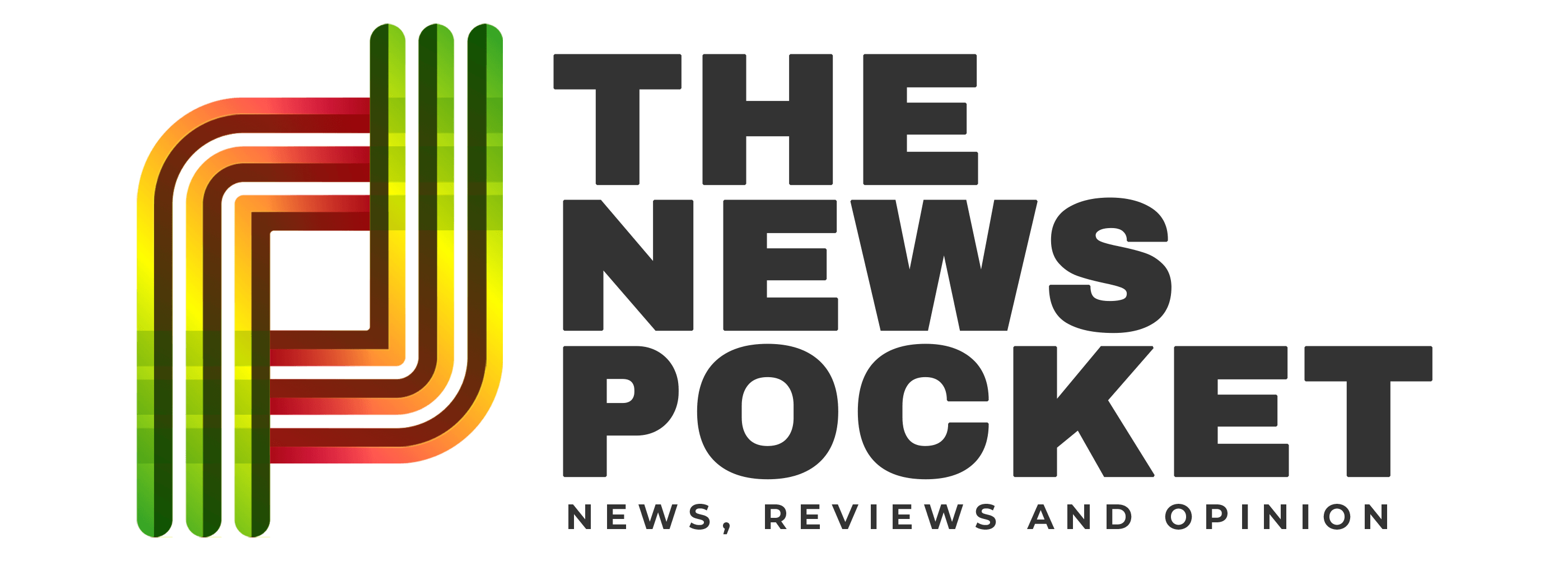
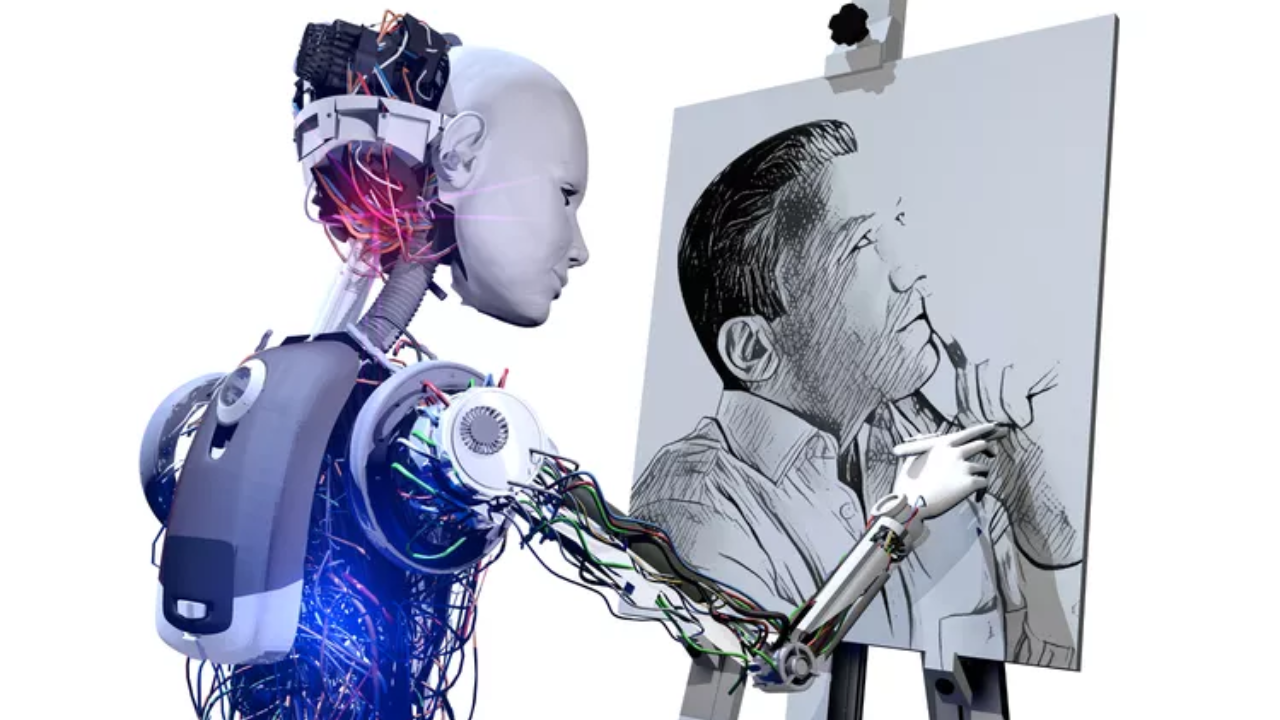
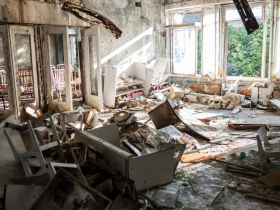

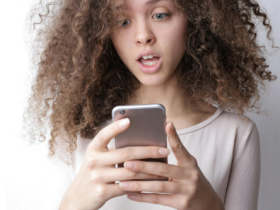

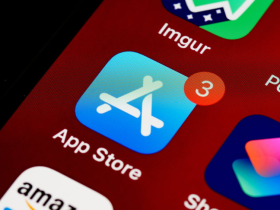
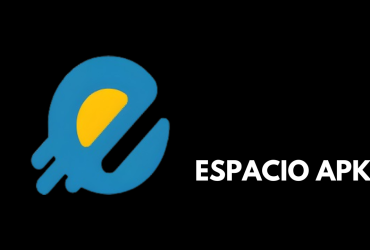
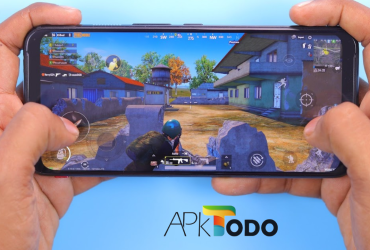
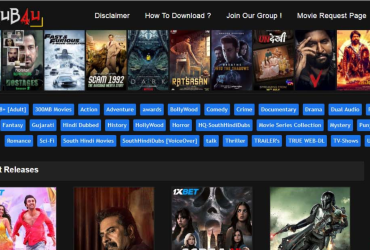
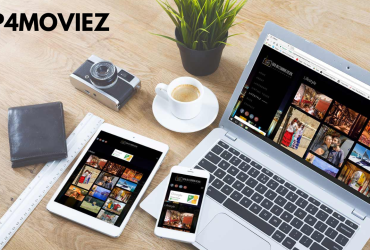
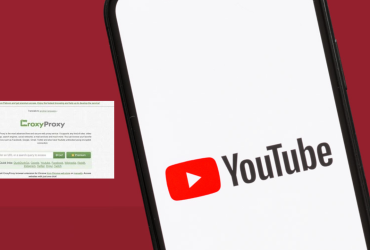
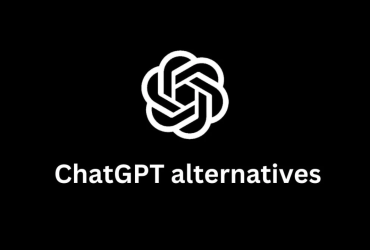
Leave a Reply